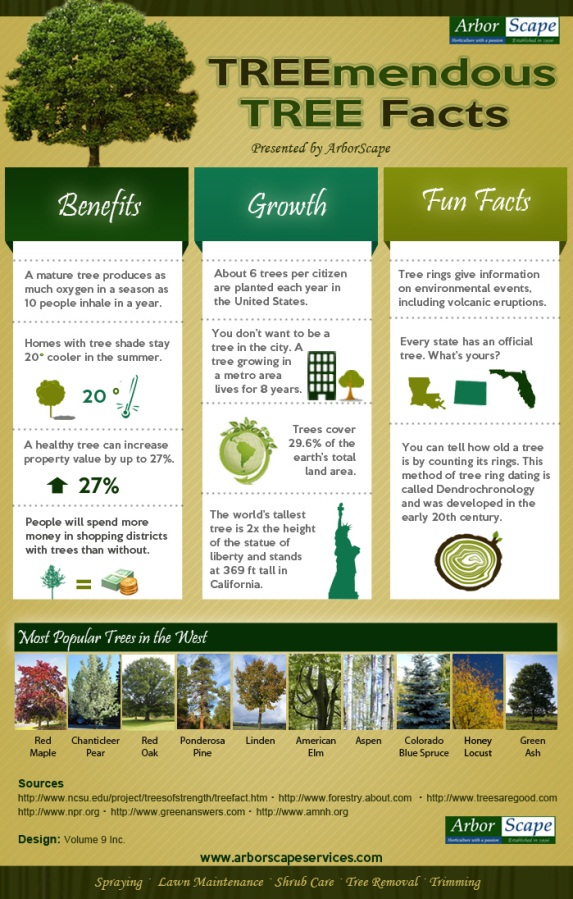Identifying The Correct Time For Tree Elimination - An Overview For Homeowners
Identifying The Correct Time For Tree Elimination - An Overview For Homeowners
Blog Article
Team Writer-Wright Lu
Trees include appeal and value to residential property, but they can additionally posture a danger during severe weather condition occasions. If a tree has stopped growing, is showing noticeable fungal development, or has a leaning trunk, it must be removed by a professional to avoid residential or commercial property damage and injury.
To find out more, participate in a property owner source fair co-hosted by HPD, the Facility for NYC Neighborhoods, and Brooklyn-based housing companions this evening in Bedford-Stuyvesant. The event will certainly include the Homeowner Handbook, a new overview to help property owners navigate the duties of having a home.
1. Dead or Perishing Branches
Trees are an integral part of your home's landscape, offering color and elegance. visit the following internet site offer sanctuary for wild animals and create oxygen, yet also healthy trees can experience health issue that might demand their elimination. Dead or dying trees aren't simply undesirable, they can be harmful. mike property management can drop throughout a tornado, resulting in pricey residential property damage and injuries.
When a tree's branches start to die, it suggests that its structure is starting to break down. If the majority of its branches are dead, it is most likely time to remove it.
Seek an absence of brand-new development, bark peeling, open injuries or tooth cavities, fungis expanding on the trunk or origins and a basic look of decay in the entire cover. These indications of infection can show a severe issue that will call for professional tree services to settle.
2. Leaning Trunk
While it's typical for trees to lean once in a while as a result of phototropism, if a tree has an unsafe or extreme lean that's not due to natural processes - maybe a sign that the tree requires to be gotten rid of. If the tree is favoring a power line, home, automobile, play structure or any other area that could be dangerous to people if it drops, after that calling a specialist tree solution for elimination ought to be a top priority.
It's also important to watch for any sudden changes in a tree's leaning as it can indicate damage to the origins or trunk that might cause falling. This is particularly true during stormy weather, because high winds and rain-soaked dirt can cause a lean to change swiftly. Regular monitoring, particularly during and after tornados can help house owners recognize possible problems with their trees so they can call an arborist for a thorough examination.
3. Bug Problem
Some pest problems, such as wood-boring bugs like emerald ash borer or sap-suckers like range insects, are so extreme that they can cause a tree to pass away. The most effective way to stop pest infestation is to check your trees regularly. Try to find areas, openings, or discolorations in the fallen leaves and bark. Take a look at the trunk for splits and indications of insect damage, such as tunnels or tracks.
If a tree becomes too plagued with bugs, or is close to a home or high-voltage line, an arborist may advise elimination. If a leaning tree develops a new, unstable lean, an arborist will likely suggest removal also to ensure the safety of individuals and residential or commercial property. If a weakened or dead tree constantly sheds too much branches, it is an indicator that it is time to get rid of the tree. If a tree remains to shed branches for an extensive amount of time, it could bring about structural problems and potential property damage.
4. Harmed Trunk
Trees are an attractive and integral part of our landscape, however they do call for normal care to keep them healthy and balanced and risk-free. If a tree is harmed irreparable it is most likely time for it ahead down.
Try to find indications of damages to the trunk, including upright cracks, joints, dead branch stubs, noticeable wounds or open tooth cavities and severe tree-rot. The existence of fungis at the base of the trunk is one more warning sign. Fungis might indicate that the phloem and xylem (life-support cells) are endangered, allowing for the spread of illness or a future failing.
Also, take into consideration whether the tree has actually quit growing. Healthy and balanced trees will certainly have new development every year, which may show up as buds or branches growing and extending. If you don't see any brand-new growth, it's an excellent idea to have an arborist review the tree and follow their suggestion for elimination. A passing away or harmed tree can drop and trigger home damages.